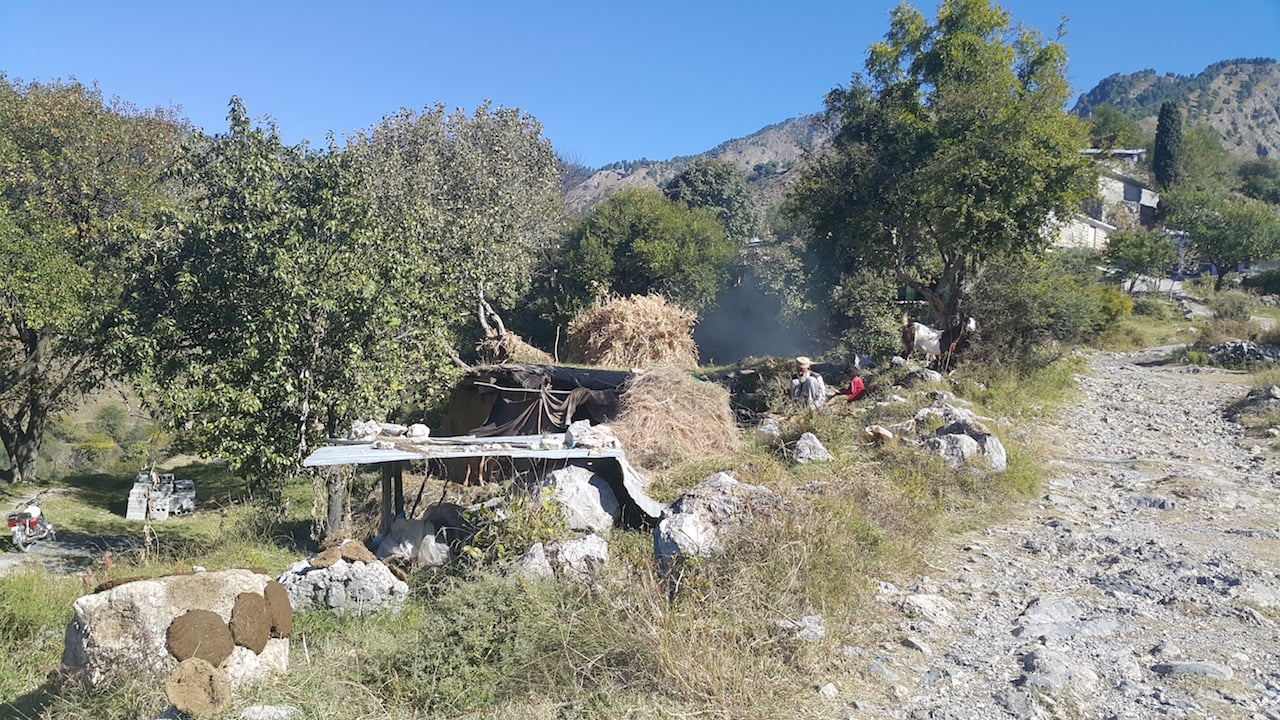Build back better?

Poor calculations
Competing crises

Obsolete?
(TOP PHOTO: Since an earthquake destroyed the schools in Pehlwan, children are forced to take classes outdoors. CREDIT: Nadia Naviwala/IRIN)


(TOP PHOTO: Since an earthquake destroyed the schools in Pehlwan, children are forced to take classes outdoors. CREDIT: Nadia Naviwala/IRIN)
Get the day’s top headlines in your inbox every morning
Starting at just $5 a month, you can become a member of The New Humanitarian and receive our premium newsletter, DAWNS Digest.
DAWNS Digest has been the trusted essential morning read for global aid and foreign policy professionals for more than 10 years.
Government, media, global governance organisations, NGOs, academics, and more subscribe to DAWNS to receive the day’s top global headlines of news and analysis in their inboxes every weekday morning.
It’s the perfect way to start your day.
Become a member of The New Humanitarian today and you’ll automatically be subscribed to DAWNS Digest – free of charge.
Sign up to receive our original, on-the-ground coverage that informs policymakers, practitioners, donors, and others who want to make the world more humane.
Support our journalism and become more involved in our community. Help us deliver informative, accessible, independent journalism that you can trust and provides accountability to the millions of people affected by crises worldwide.